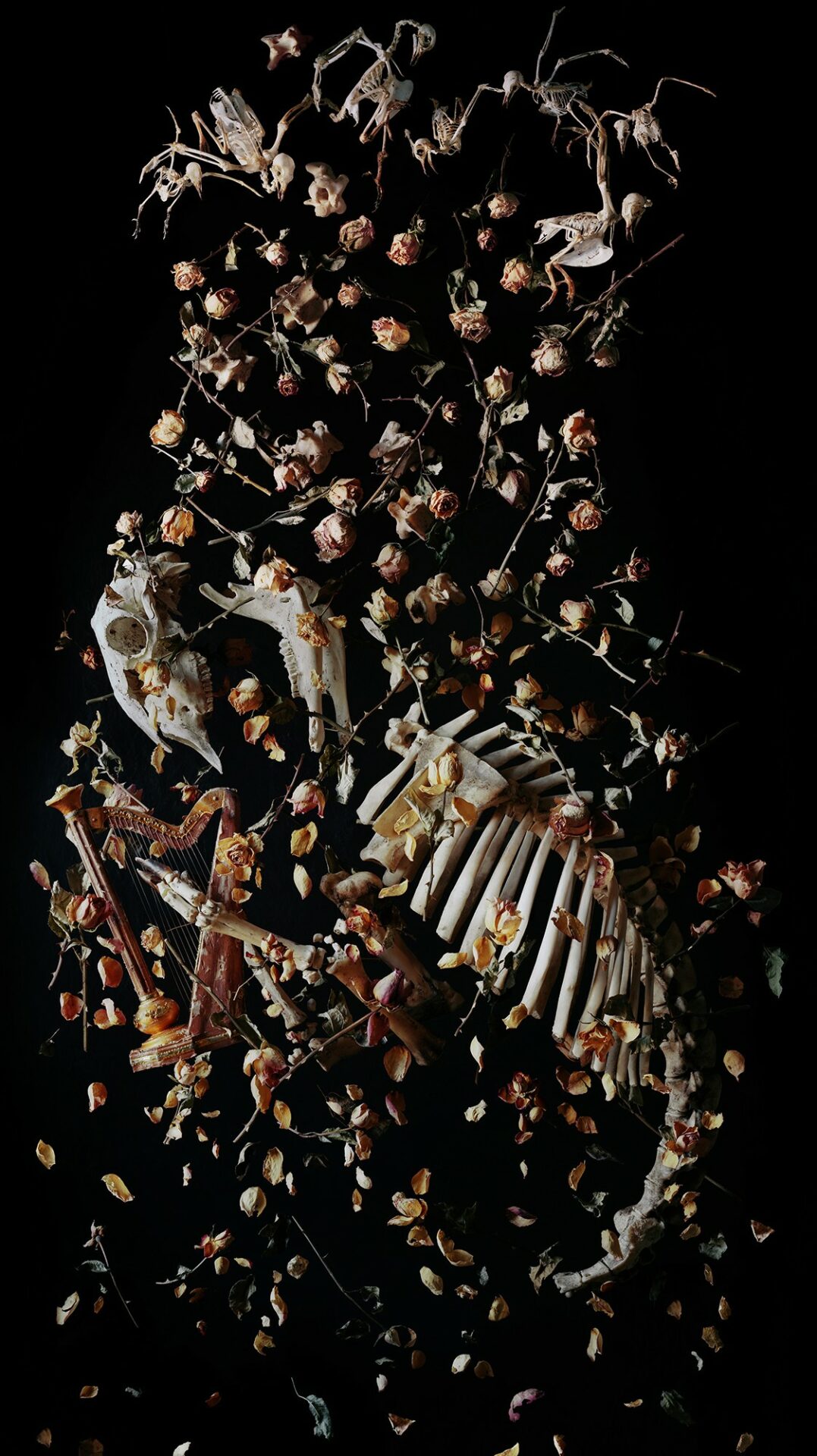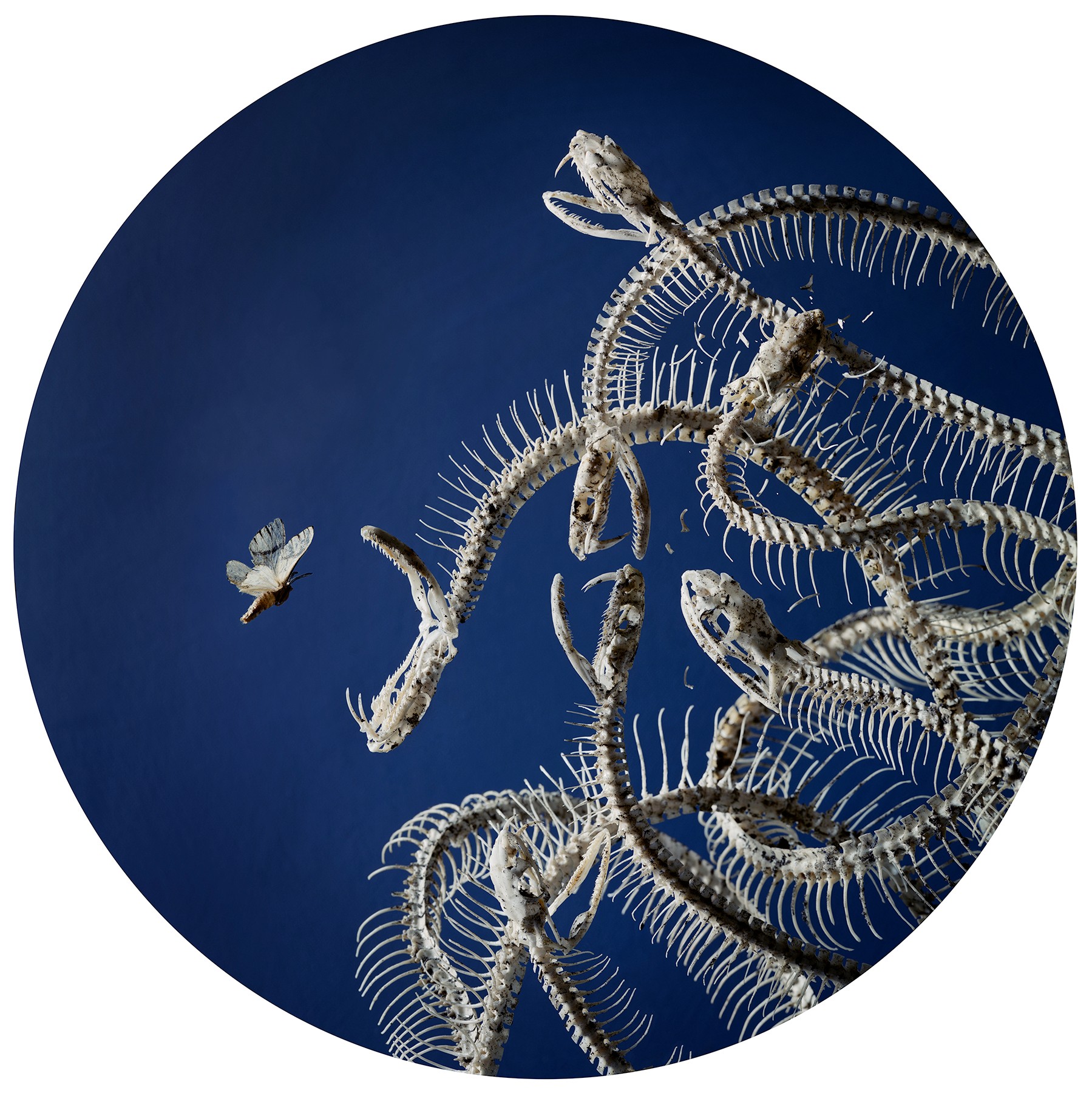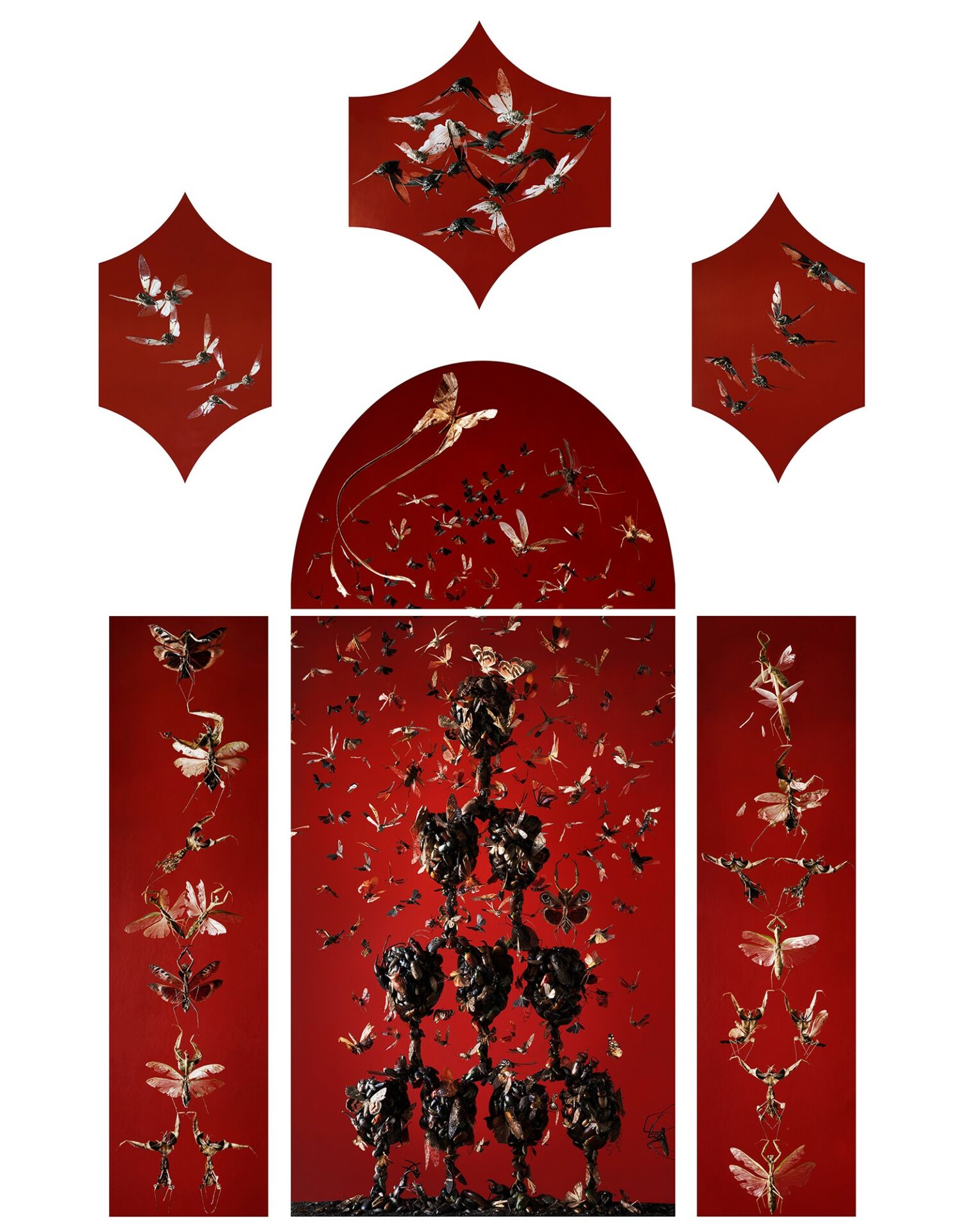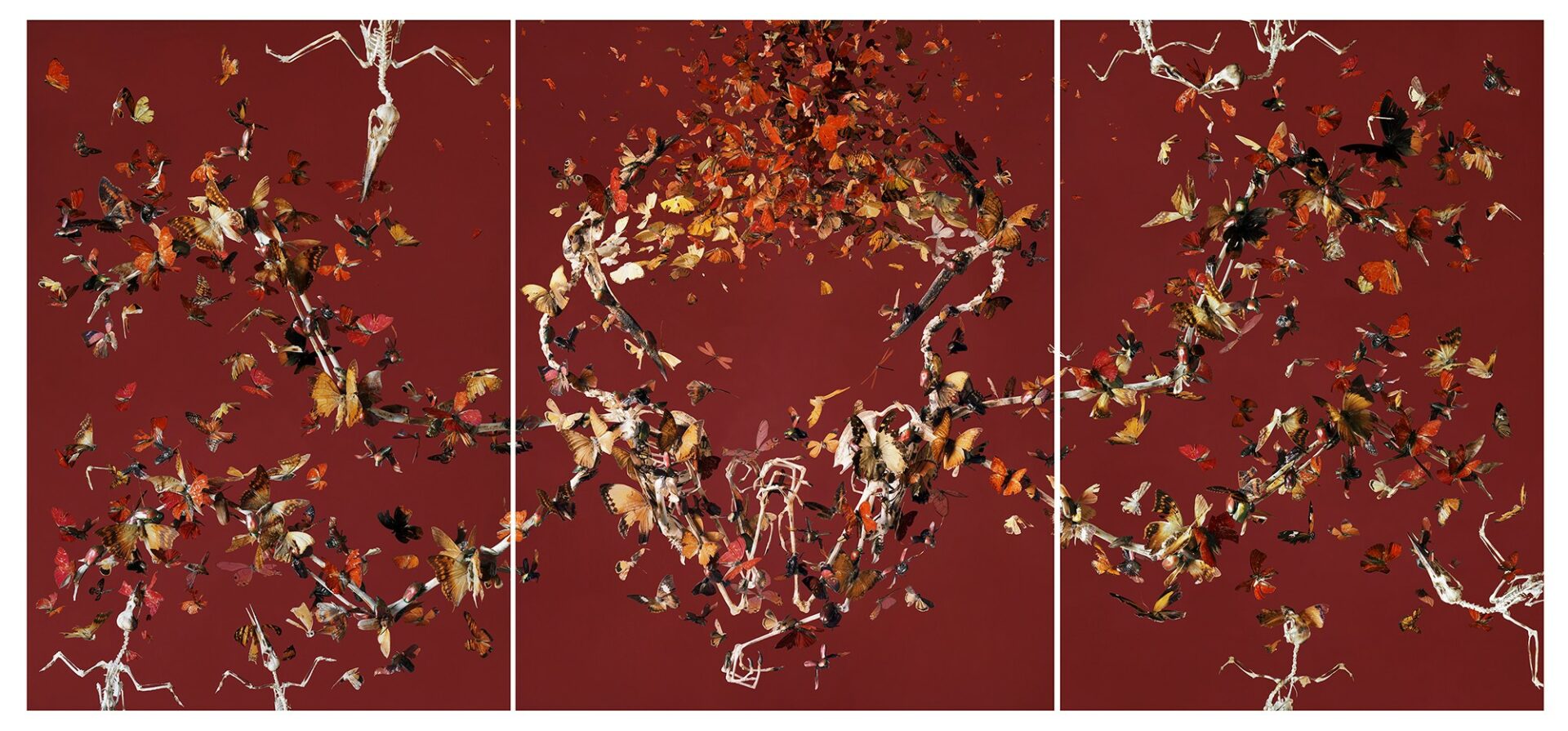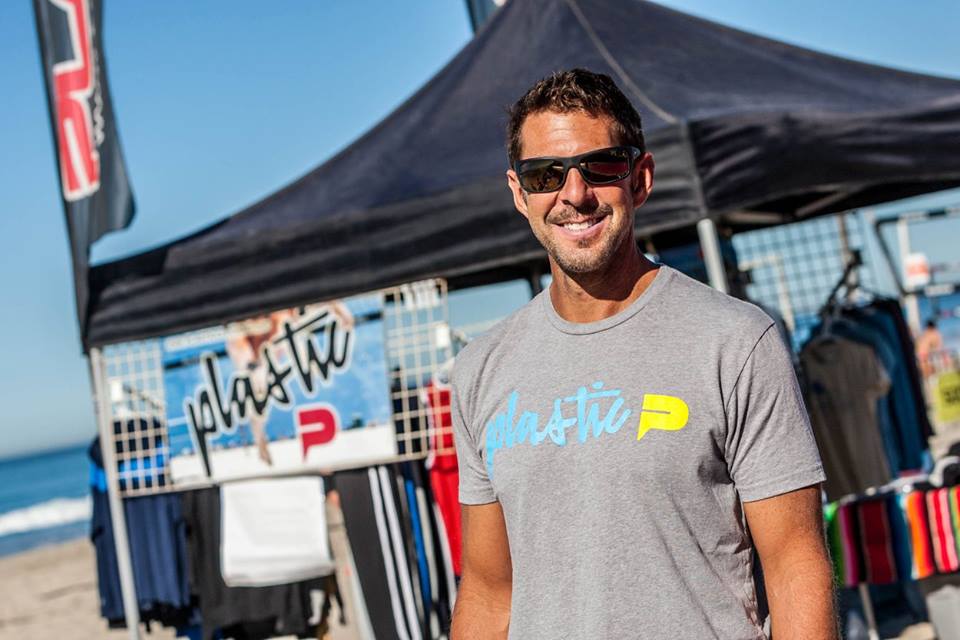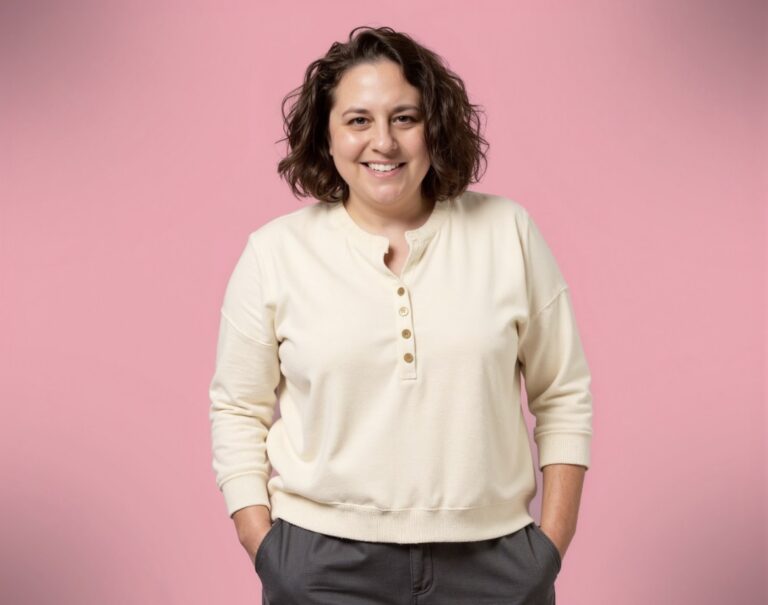We caught up with the brilliant and insightful Tara Sellios a few weeks ago and have shared our conversation below.
Tara, thanks so much for taking the time to share your insights and lessons with us today. We’re particularly interested in hearing about how you became such a resilient person. Where do you get your resilience from?
I have always had tunnel vision in terms of making art. It is all that I really felt deeply passionate about doing. With that kind of intensity comes resilience. The determination and the refusal to give up no matter what the circumstances are derives from the fact that giving up is not an option. When facing struggles in this regard, be it financial, limitations, life events, etc, a lot of it may not sense to other people, but it makes clear sense to the one making the work. It is all part of the story. I know that I am not alone in the fact that for me, money has always been the big challenge. I’ve worked in the service industry for 15 years, mostly bartending in nightclubs and music venues. That job sustained me but comes with ups and downs in many ways. I actually just left the service industry last month. I am presently at a bit of a crossroads in my life and career – slightly “in crisis”, as they say, but in a good way. The past year, bartending really started to eat away at me physically, mentally and spiritually, to the point where I had no choice but to leave. The motivation to do my own work also started to dwindle, which was a huge problem. Although scary, especially because I’m pretty broke at the moment, the decision intuitively feels right, and it takes a lot of trust and letting go of fear. At the moment, I am trying my hardest to have resilience!
Let’s take a small detour – maybe you can share a bit about yourself before we dive back into some of the other questions we had for you?
I am a multidisciplinary artist working mainly in large format photography and also in drawing, sculpture and installation. I create visceral, highly detailed photographs that are intensely planned and process oriented, often using organic matter such as animal skeletons and real, dried insects. Using an 8×10 view camera, I photograph these arrangements which result in dramatic, painterly still-life photographs wrought with lightness and darkness, sensuality and religious symbolism. They are intended to be printed larger than life in the vein of painting. Since receiving my BFA in photography/art history in 2010, I have exhibited both locally and nationally. Currently, I am part of an exhibition in Como, Italy at the Castello Baradello, a medieval stone castle at the top of a hill. Exhibiting in Europe is such a treat for me, as a lot of the art that I am inspired by exists there. More locally, my work is now on view at the Museum of Fine Arts Boston as part of a group show called The Photographer’s Studio: Creative Spaces as Inspiration. I will be part of a group exhibit at Shelburne Art Museum in Vermont and am preparing for my first solo museum exhibition at Fitchburg Art Museum. I often give artist lectures and personally mentor other artists, which I love doing. This spring, I am teaching my first workshop as a pop up here in Boston through Santa Fe Workshops called Craft and Vision in Still Life Photography . A lot of exciting new beginnings are happening, which I am grateful for.
If you had to pick three qualities that are most important to develop, which three would you say matter most?
I don’t really have a complex, wordy answer to this. The most important thing for an artist to do is just to do the work. It doesn’t always have to be making necessarily – it can be reading, watching films, jotting down ideas in a notebook – but always keep working. Be inspired by everything and anything. Also, trust your instinctual feelings in your gut – they are usually right!
As we end our chat, is there a book you can leave people with that’s been meaningful to you and your development?
A few months ago, I read the producer Rick Rubin’s book The Creative Act. I found it boundlessly profound. He articulates concepts so beautifully but so simply. I recommend it to everyone. I found it so comforting in a way – he has a compassionate, empathetic way of talking about creativity and those who create. The following was an especially powerful excerpt from the book for me – it says a lot about the need to make art, at least for me.
“If you see tremendous beauty or tremendous pain where other people see little or nothing at all, you’re confronted with big feelings all the time. These emotions can be confusing and overwhelming. When those around you don’t see what you see or feel what you feel, this can lead to a sense of not belonging, or otherness.”
Contact Info:
- Website: www.tarasellios.com
- Instagram: https://www.instagram.com/tarasellios/
- Facebook: https://www.facebook.com/tara.sellios
- Linkedin: https://www.linkedin.com/in/tarasellios/


